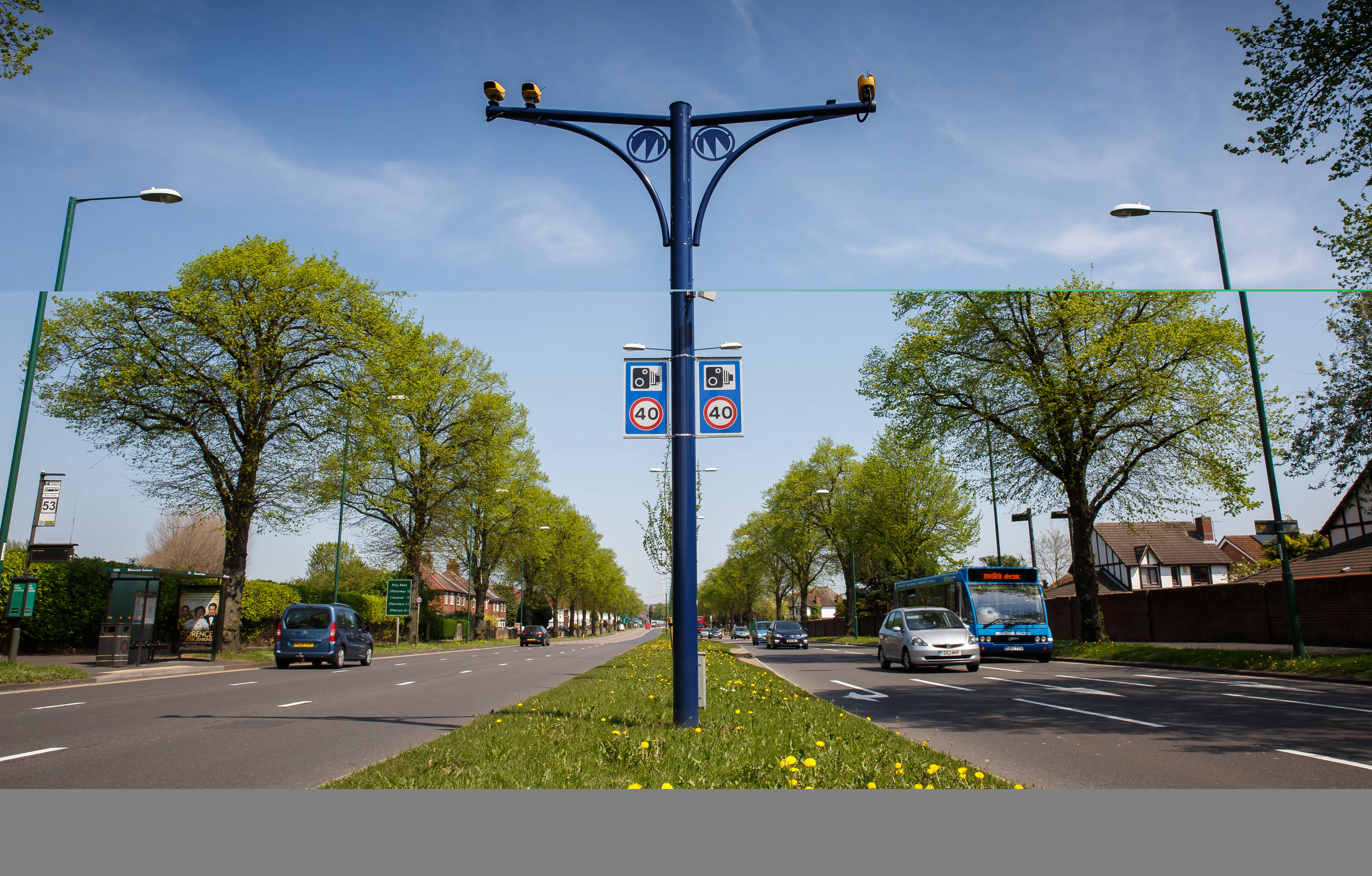US Transportation Secretary Ray LaHood yesterday announced the first-ever federally proposed guidelines to encourage automobile manufacturers to limit the distraction risk for in-vehicle electronic devices. The proposed voluntary guidelines would apply to communications, entertainment, information gathering and navigation devices or functions that are not required to safely operate the vehicle.
Issued by the Department’s
“Distracted driving is a dangerous and deadly habit on America’s roadways, that’s why I’ve made it a priority to encourage people to stay focused behind the wheel,” said Secretary LaHood. “These guidelines are a major step forward in identifying real solutions to tackle the issue of distracted driving for drivers of all ages.”
Geared toward light vehicles (cars, SUVs, pickup trucks, minivans, and other vehicles rated at not more than 10,000 pounds gross vehicle weight), the guidelines proposed are the first in a series of guidance documents NHTSA plans to issue to address sources of distraction that require use of the hands and/or diversion of the eyes from the primary task of driving.
In particular, the Phase I proposed guidelines released yesterday recommend criteria that manufacturers can use to ensure the systems or devices they provide in their vehicles are less likely to distract the driver with tasks not directly relevant to safely operating the vehicle, or cause undue distraction by engaging the driver’s eyes or hands for more than a very limited duration while driving. Electronic warning system functions such as forward-collision or lane departure alerts would not be subject to the proposed guidelines, since they are intended to warn a driver of a potential crash and are not considered distracting devices.
“We recognise that vehicle manufacturers want to build vehicles that include the tools and conveniences expected by today’s American drivers,” said NHTSA Administrator David Strickland. “The guidelines we’re proposing would offer real-world guidance to automakers to help them develop electronic devices that provide features consumers want, without disrupting a driver’s attention or sacrificing safety.”








